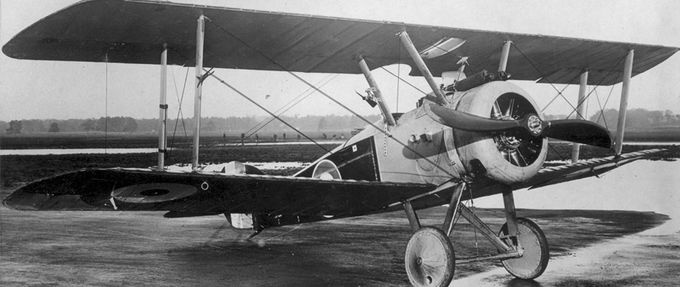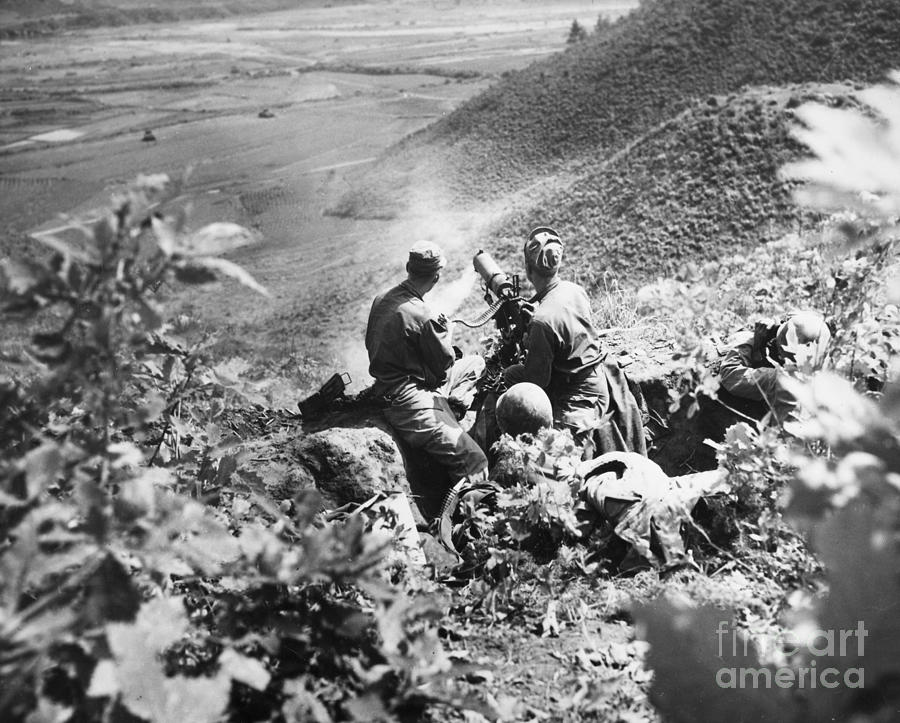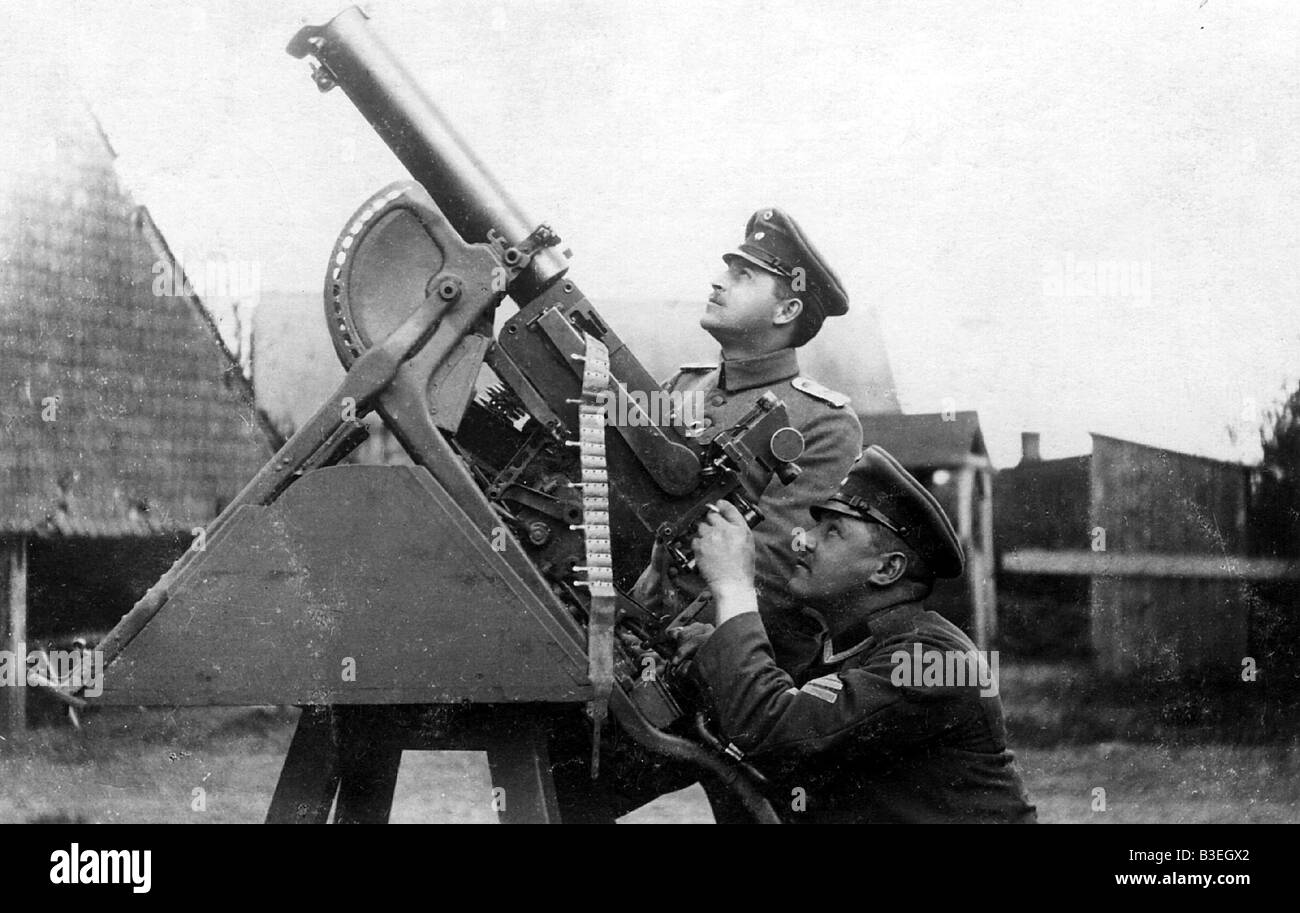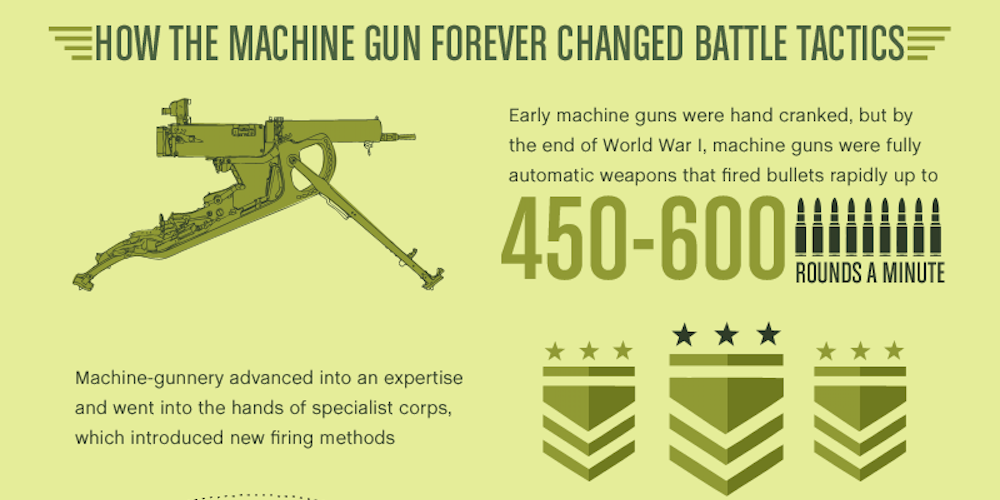WWI Machine Guns History

Introduction to WWI Machine Guns

The history of machine guns during World War I is a fascinating and complex topic. Machine guns played a significant role in the war, and their development and use had a profound impact on the course of the conflict. In this blog post, we will explore the history of machine guns during WWI, including their development, use, and impact on the war.
Early Development of Machine Guns

The concept of machine guns dates back to the mid-19th century, but it wasn’t until the late 19th and early 20th centuries that they became a practical reality. The first machine gun was invented by Richard Jordan Gatling in 1861, and it was used during the American Civil War. However, it was the Maxim machine gun, invented by Sir Hiram Maxim in 1884, that revolutionized the design and use of machine guns. The Maxim machine gun was the first to use a recoil-operated mechanism, which allowed it to fire continuously without the need for manual reloading.
Machine Guns in WWI

At the outbreak of WWI, machine guns were still a relatively new technology, and their use was not widespread. However, as the war progressed, machine guns became an increasingly important part of the arsenals of all the major belligerents. The Germans, in particular, made extensive use of machine guns, and their MG 08 machine gun became one of the most iconic and feared weapons of the war. The MG 08 was a recoil-operated, water-cooled machine gun that was capable of firing up to 450 rounds per minute.
Types of Machine Guns Used in WWI

There were several types of machine guns used during WWI, including: * Light machine guns: These were smaller, more portable machine guns that were designed to be carried by infantrymen. Examples include the Chauchat and the Lewis gun. * Heavy machine guns: These were larger, more powerful machine guns that were designed to be mounted on tripods or other fixed mounts. Examples include the MG 08 and the Vickers machine gun. * Submachine guns: These were small, fully automatic firearms that were designed to be used by individual soldiers. Examples include the MP 18 and the Thompson submachine gun.
Impact of Machine Guns on WWI

The impact of machine guns on WWI was significant. Machine guns allowed armies to lay down a withering field of fire that made it difficult for enemy troops to advance. This led to the development of trench warfare, where soldiers on both sides dug elaborate networks of trenches and fortified positions to protect themselves from the hail of bullets. Machine guns also made it difficult for cavalry to operate effectively, as horses were vulnerable to machine gun fire.
Tactics and Strategies

The use of machine guns in WWI led to the development of new tactics and strategies. These included: * Suppressive fire: This involved using machine guns to lay down a field of fire that would suppress enemy troops and prevent them from returning fire. * Flanking maneuvers: These involved using machine guns to pin down enemy troops while other units flanked around them and attacked from the sides or rear. * Tank warfare: The development of tanks allowed armies to break through enemy lines and overcome the defensive advantages of machine guns.
🔍 Note: The use of machine guns in WWI also led to the development of new technologies, such as armor-piercing ammunition and machine gun shields, which were designed to counter the effects of machine gun fire.
Notable Machine Guns of WWI

Some notable machine guns of WWI include: * MG 08: A German machine gun that was widely used during the war. * Vickers machine gun: A British machine gun that was known for its reliability and accuracy. * Chauchat: A French machine gun that was designed to be lightweight and portable. * Lewis gun: A British machine gun that was designed to be used by infantrymen.
| Machine Gun | Caliber | Rate of Fire | Effective Range |
|---|---|---|---|
| MG 08 | 7.92mm | 450 rpm | 2,000 meters |
| Vickers machine gun | .303 British | 450 rpm | 2,000 meters |
| Chauchat | 8mm Lebel | 250 rpm | 1,500 meters |
| Lewis gun | .303 British | 500 rpm | 1,000 meters |

As we reflect on the history of machine guns in WWI, it becomes clear that these weapons played a significant role in shaping the course of the conflict. Their development and use led to the creation of new tactics and strategies, and their impact on the war was felt by soldiers on both sides of the conflict. The legacy of machine guns in WWI can still be seen today, and their influence can be felt in the design and use of modern machine guns. In the end, the story of machine guns in WWI is a testament to the power of human ingenuity and the importance of understanding the complexities of war.
What was the first machine gun used in WWI?

+
The first machine gun used in WWI was the MG 08, a German machine gun that was widely used during the war.
What was the most common type of machine gun used in WWI?

+
The most common type of machine gun used in WWI was the heavy machine gun, which was designed to be mounted on tripods or other fixed mounts.
What was the impact of machine guns on WWI?

+
The impact of machine guns on WWI was significant, as they allowed armies to lay down a withering field of fire that made it difficult for enemy troops to advance.



